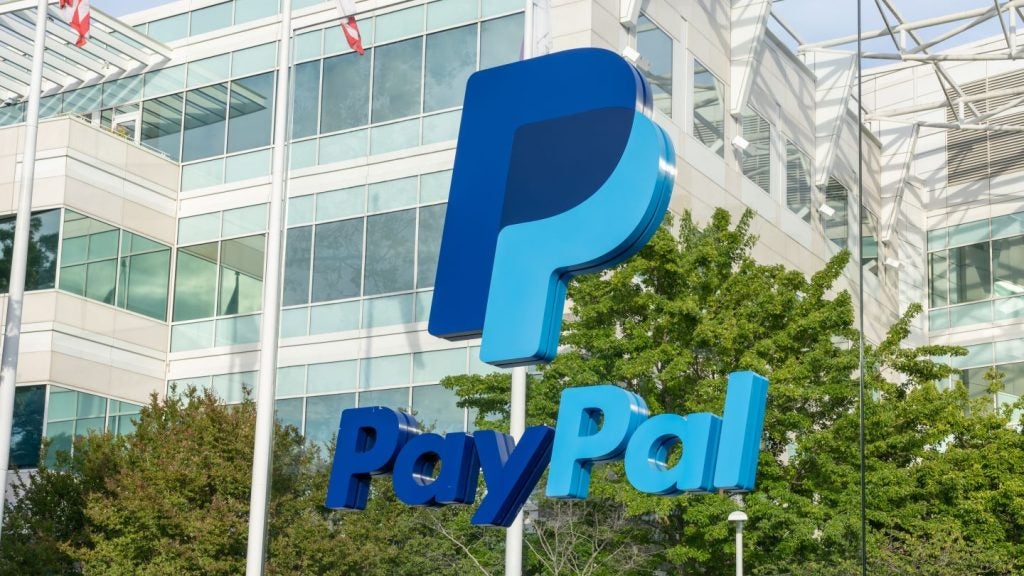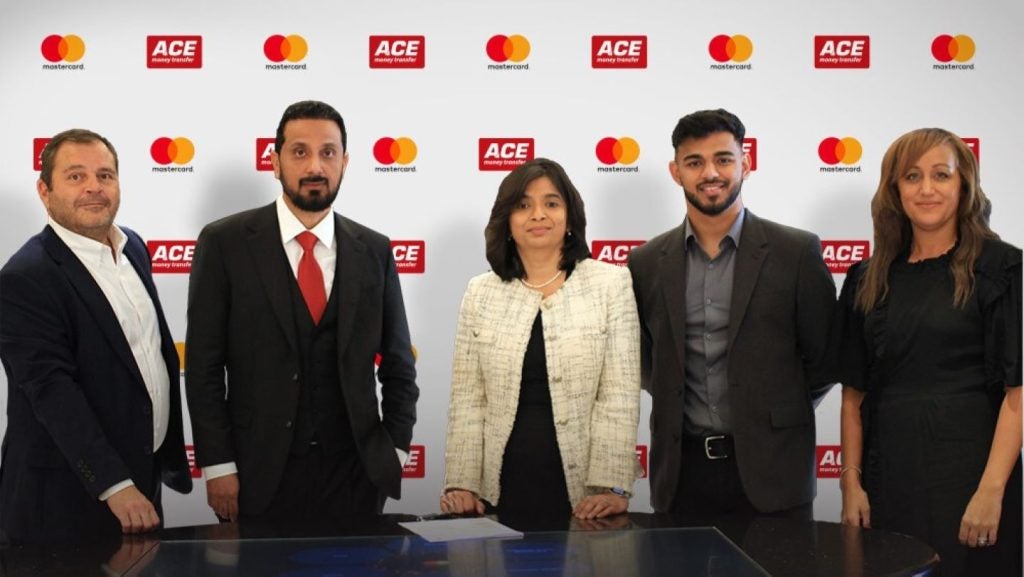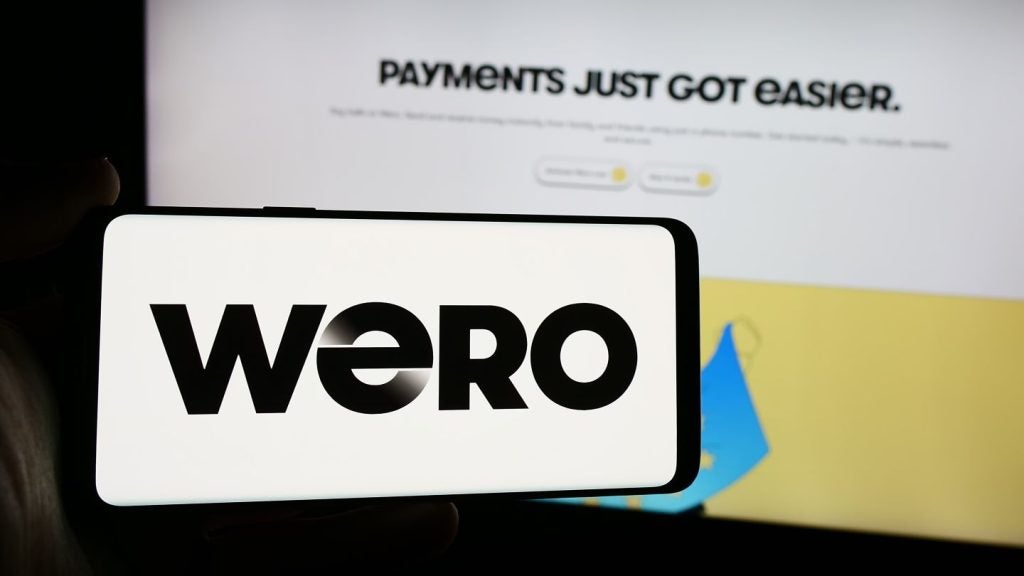An average smartphone today has more computing power than all of NASA had in 1969, when it put two astronauts on the moon. Placing this at a consumer’s fingertips is driving phenomenal opportunities in payments. Chris Davies, president Europe, managing director UK, Global Payments writes
It’s a truism that technology now permeates every part of our day to day lives, with the ubiquitous smartphone being the prime example. The launch of Apple Pay in the UK has the potential to push mobile payments into a completely new sphere. Their mobile wallet uses near field communication (NFC) to allow customers to pay using their iPhone. The same NFC technology is already used in Contactless cards and so Apple Pay works on retailers’ existing Contactless card readers.
The payments industry in Europe is mature. But that is not to say that it is not ready, willing and able to adopt new technologies and to innovate. In fact the sector is evolving, perhaps at a pace never before seen, as innovation and changing consumer habits converge to create unprecedented opportunities for payment companies, technologists, retailers and shoppers alike.
For example, over the past decade the world of retail has been revolutionised. Most significantly, the rise of online has turned traditional customer shopping habits upside down, generating intense competition for bricks and mortar retailers by lowering costs and decreasing high street footfall – but simultaneously creating huge opportunities for new and existing market participants.
Against this backdrop, the way retailers take payments has also been shifting, both in line with changing consumer habits and emerging payments technologies. Indeed, the way customers pay could play a significant part in the future fortunes of major European retail brands, particularly as they come to leverage technological innovations.
However, the pace of adoption of new ways to pay still differs greatly depending on where you are in Europe. In Germany the use of credit cards remains stubbornly low and the instinct of many people in Italy continues to be to pay with cash. But while we will see different markets adopting different technologies at different times, the overall trend is clear. The way we pay for things is going to
The introduction of a popular handset with mobile wallet capabilities has the potential for very swift and widespread adoption, incentivising both retailers and consumers to really engage with mobile payments, such as we see in Apple Pay.
But Apple isn’t just using its mobile phones to pay for things, the smartwatch enables the user to make a payment too. The development of wearable payment technology such as this is another feature of the payments industry. For example, prepaid or contactless wristbands will be seen ‘queue busting’ at many music and sporting events this summer. And the potential for wearable payment technology is only just starting to be seen with applications for clothing, jewellery and even glasses in various stages of development.
Another area where we are seeing innovation is in the development of peer-to-peer money transfer, which typically means using using smartphones to transfer funds directly to a company or individual.
Starbucks now operates its own closed-loop payments system. This means customers can pay Starbucks directly for their coffee using a mobile app without the need to introduce another financial intermediary, such as a card network, into the process.
What’s more, some digital wallet services such as Skrill can link directly and securely to bank accounts and other apps, like Barclays Pingit, just need a mobile phone number to transfer money directly to an individual, without the need for cards. In March Facebook launched a money transfer service to compete with existing payments providers such as PayPal and Square and this could prove to be highly disruptive to the rest of the market.
In response to this it is the responsibility of the traditional providers such as payment card processors and card networks to rise to the challenge and show the real value that they add to the end consumer.
So new technology and innovation are growing the market for electronic payments in Europe while at the same time creating opportunities for both new and established players. But this doesn’t necessarily mean pitting one against the other in a winner-takes-all battle for supremacy. A bigger market will be able to accommodate more participants offering new ways to pay. The reality is that the real loser in this is likely to be cash as it gets pushed ever further to the payment margins.







